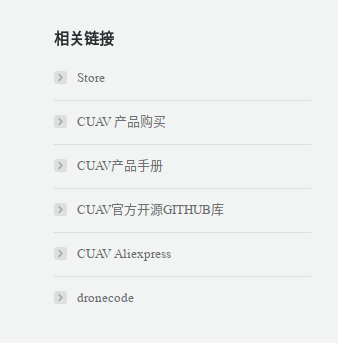I think you’ve misinterpreted me. I support hardware diversity and derivative designs, I just think it’s important to respect open source licences.
From the CUAV GitHub README.md:
commit c2b5f417750d242d566f14683d3206ac5f6d362b
The PixHack V5 design document cites many design files or reference files and related libraries from these organizations or companies. Including PX4\PIXHAWK\3DR\Proficnc\ST\Altium\TDK\Hirose\Hrs\PANASONIC\molex\TI\ and other organizations or companies.Some design reference copyrights should belong to them.
commit 7a800145a710a3e859218ce74741d4e4a2344335
The PixHack V5 design document cites many design files or reference files and related libraries from these organizations or companies.
Including PX4\PIXHAWK\3DR\Proficnc\ST\Altium\TDK\Hirose\Hrs\PANASONIC\molex\TI\ and other organizations or companies.Some design reference copyrights should belong to them.
Thanks for their contributions to open source hardware. If there is any infringement, please contact us for deletion and modification.
commit 524a2d3aeb6da392418ad3aa368310ae5fb54182
[See edit below, the following statement is incorrect]
Acknowledgement of using reference designs was deleted, and replaced with the following:
note: It may look like a SOLO or PIX2 Cube, because it all looks like a small square��but it is completely different, including the shape, screw hole installation position, interface definition,size,internal structure, are completely different, so V5 CORE and Cube are completely incompatible, if you need to V5_Core For secondary development, please refer to our open reference design.
Edit: My mistake. I see the reference is still included at the bottom in the latest version:
Design files or libraries may reference some references from PX4\PIXHAWK\3DR\Proficnc, thanks for their contributions to open source hardware. If there is any infringement, please contact us for deletion and modification.
I’d suggest this falls short of best practices, and attribution should really be on their product page as well, but I accept I was mistaken when I said there was no attribution given.
